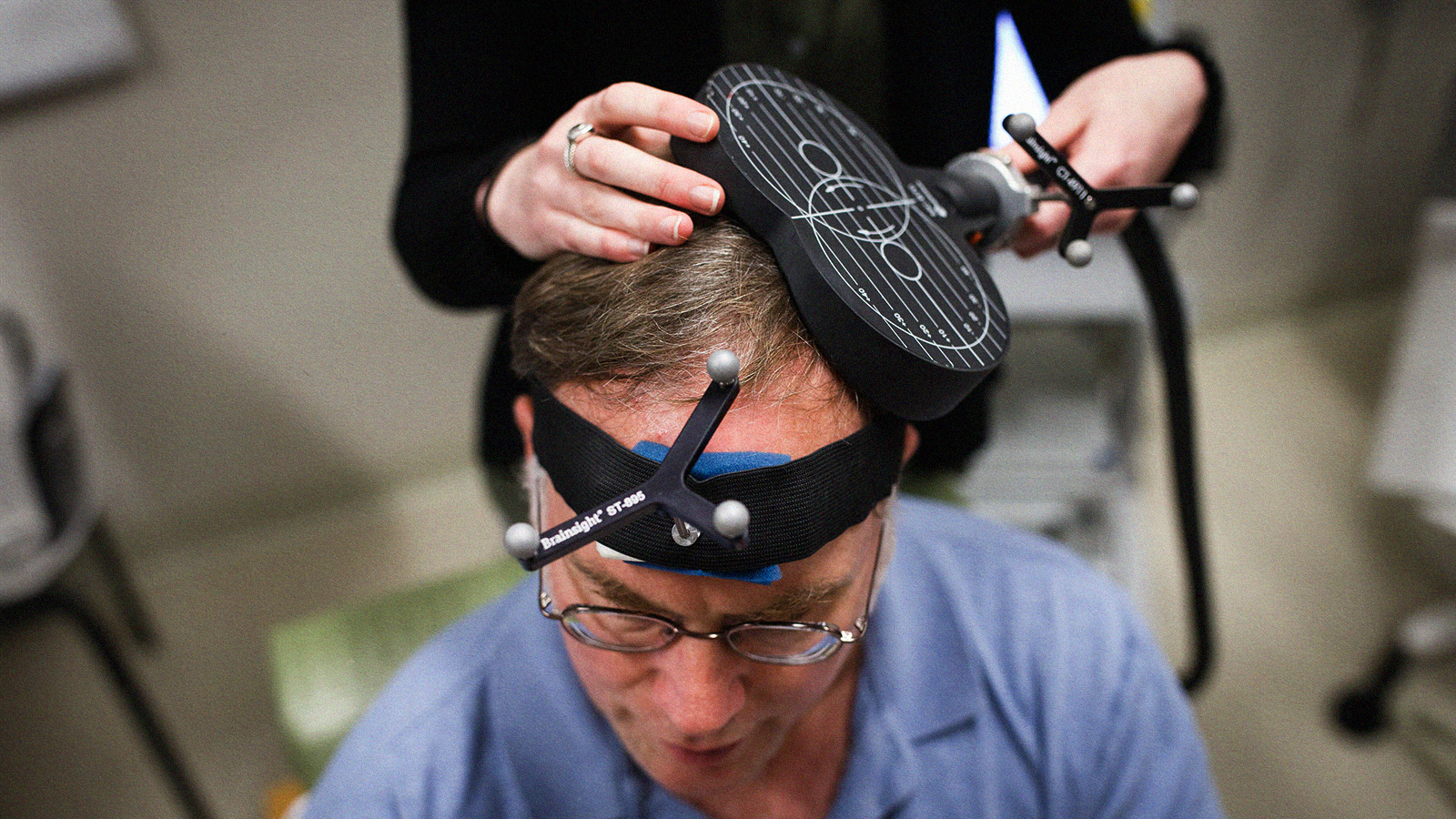4 Signs That Your Anxiety Could Be Masking Another Illness

You may have noticed a recent uptick of articles simultaneously discussing anxiety and depression. There’s physiological precedence for this: the lines between the two are not clear. In fact, many emotions, including happiness and sadness, have varying shades and degrees that are dependent upon context.
The distinction between anxiety and depression is actually the catalyst for Northeastern University psychology professor Lisa Feldman Barrett’s career. During her graduate work she failed at her first eight experiments—not exactly what a hopeful student wants to see. But then she noticed an unusual pattern: few participants in her studies separated feelings of anxiety and depression. The bodily sensations involved in both are too similar; one often leads to the other.
This made her realize that emotions are not distinct innate sensations. Instead, as she writes in How Emotions Are Made, an emotion occurs only when we can conceptualize what it is.
We must consider that an emotion word, like “anger,” does not refer to a specific response with a unique physical fingerprint but to a group of highly variable instances that are tied to specific situations.
The same physiological responses can be translated and acted upon in different ways. In her book, The Upside of Stress, health psychologist Kelly McGonigal offers numerous ways of co-opting what we normally categorize as anxiety as a catalyst for positive action. This co-optation reframes the biological response one normally associates with terror by using it as an energetic reserve.
Easier said than done, of course, but new research shows that anxiety and depression might have an even more insidious quality: masking serious diseases. According to the Psychiatric Times, the following are just a few problems that share qualities with anxiety:
On top of this, 30 categories of medication are implicated in causing anxiety, further blurring the lines between symptom and diagnosis. Jane E. Brody warns in the NY Times that this causes doctors to misdiagnose serious conditions and possibly even prescribe pharmaceuticals that only make the patient’s condition worse. Part of the problem, she writes, is that specialists are not familiar with emotional symptoms:
Medical doctors like cardiologists or gastro-enterologists are often ill-equipped to recognize and treat emotional symptoms related to a physical ailment, and psychiatrists may not consider the possibility that a patient with symptoms like palpitations, fatigue or dizziness really has a physical ailment.
She writes that one study in Montreal found a quarter of 441 patients rushed to the ER were experiencing a panic attack, not having a heart attack. (I’ll add to this anecdotally: the same thing happened to me twice.) On the flip side, however, a person actually having a heart attack could just think it’s a panic attack.
The Mayo Clinic includes the following advice for sufferers of anxiety. If you are suddenly experiencing such attacks you might want to seek further diagnosis, especially if none of these factors apply to you:
This blurring of symptoms between physical and emotional symptoms is at the frontier of medicine. Barrett devotes an entire chapter to emotion and illness—a chapter she says is speculative though rooted in sound data. One study she cites found that only 25-40 percent of people infected with a cold virus in their nostrils actually developed the sickness. She writes,
If you are an introverted or negative-minded person, you’re more likely to develop a cold than from a noseful of germs.
She believes this approach to medicine could help some of the 1.5 billion people around the world suffering from chronic pain—a problem that costs the United States $635 billion every year in missed work and medical bills. Understanding how we contextualize and create emotions is going to have a major impact on our physical as well as psychological health.
Once a course of treatment increases anxiety or depression a downward spiral ensues. Part of the challenge is that no single individual responds in the same way. Understanding the wide range of potential problems from a relatively small set of symptoms requires patience and dialogue between patient and provider.
Which the cattle call of many doctor’s offices does not allow for. Proper diagnoses require deep inspection and honest dialogues. How that changes will define the future of medicine.
—
Derek’s next book, Whole Motion: Training Your Brain and Body For Optimal Health, will be published on 7/17 by Carrel/Skyhorse Publishing. He is based in Los Angeles. Stay in touch on Facebook and Twitter.





